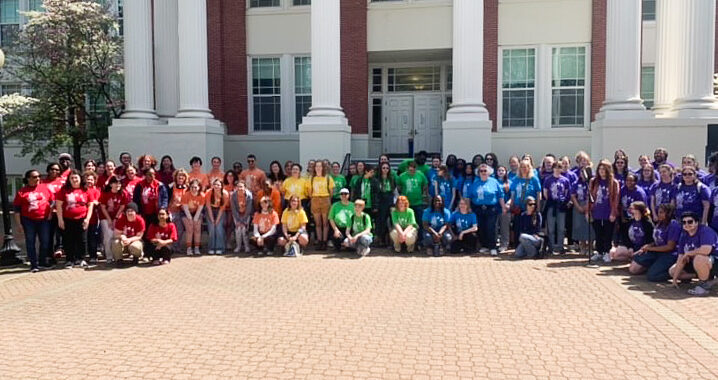Research Finds Lack of Learning at Colleges
3 min readBy WILLIAM SORENSEN
By the end of their sophomore year, 45 percent of college students show little to no improvement in critical thinking, complex reasoning and communication skills, according to a study based on the Collegiate Learning Assessment standardized test.
The study also found that only 36 percent of students showed improvement by the time they graduated.
“Academically Adrift: Limited Learning on College Campuses,” conducted by Richard Arum of New York University and Josipa Roksa of the University of Virginia, followed the progress of 2,300 college students from 24 anonymous, academically representative universities.
The study is not without critics, who claim that the test is a poor method for measuring learning because it fails to take into account field-specific knowledge gained from classes, as well as other complex variables that are too difficult to capture in a test, according to the Chronicle of Higher Education.
Despite these statistics, many of the University of Mary Washington’s staff and students remain optimistic about their time spent here.
“These results do surprise me somewhat, but not completely,” sophomore Colin Jennings said. “I think the first two years or so of college might not be so useful but after that I would think it to be quite useful.”
Jennings, an economics major, feels that he has learned the most as he narrowed his academic focus.
“I think in my major classes I have gained a significant amount of knowledge and skills,” he said. “From my experiences the professors care deeply for the success of their students. I think it helps that we are not a research university.”
At age 52, senior Sahng Shim has a slightly different perspective than many of his classmates. He expressed gratitude toward his professors that pushed him harder and classes that required him to struggle.
“What I’ve gotten here has been tremendous,” Shim said. “I still get tick marks all over the place, but I know what’s right and I know what’s wrong.”
Coincidentally, many of the praises offered by UMW students were issues that seem to plague other schools.
According to the study, the decline in student performance was mainly attributable to professors that took more interest in their research than in their students.
The study reports that students are increasingly seeking out less rigorous class loads and becoming bored by the lack of challenge.
Although not willing to dismiss the study, English professor Christopher Foss said he wasn’t alarmed by the findings.
“Look at any aspect of life in society, and you’ll find people who are really excelling and others who are just there, or not really there at all,” Foss said. “If the study is right, administrators will work to fix the problem.”
Vice President of University Relations George Farrar pointed out the focus Mary Washington places on student-professor interaction.
“At UMW we are known for small class sizes, all classes taught by faculty, strong student-faculty interaction, a rigorous academic environment, and reading-intensive and writing-intensive class requirements,” Farrar said. “Those did not seem to be the attributes of the schools surveyed for the book.”











